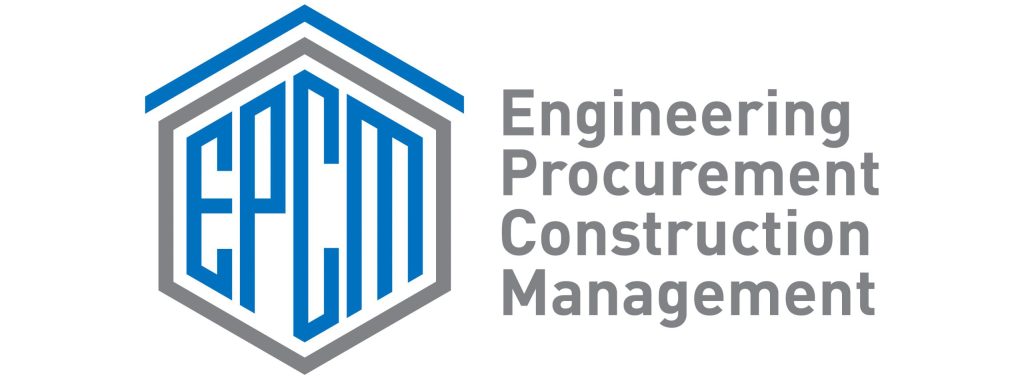As a leading Calgary EPCM consultant, we at SEEDA are committed to helping our clients navigate Canada’s evolving infrastructure landscape. Bill C-5, also known as the “One Canadian Economy” Act, is a major federal policy that is poised to reshape the project approval process. A key component of this legislation is the concept of a “Project of National Interest” (PONI). For our clients, understanding the criteria for a PONI is essential to strategically planning and accelerating large-scale projects.
What Makes a Project a PONI? 🇨🇦
Under the new Building Canada Act, which is Part 2 of Bill C-5, a PONI is a project that the federal Cabinet can designate to receive a streamlined federal review. This is a significant departure from the previous, often lengthy, process. The designation shifts the focus from “whether” a project should be built to “how” it can be successfully executed.
The Governor in Council, upon the recommendation of the Minister, will consider several factors when designating a project as a PONI. These criteria are not just about economic benefits; they reflect a broader vision for Canada’s future.
The Five Key Criteria for PONIs
- Strengthening Canada’s autonomy, resilience, and security: This criterion is about building projects that enhance Canada’s ability to be self-sufficient and secure in a changing global environment. Examples could include new energy transmission lines, critical minerals mines, or projects that secure key supply chains and logistics. For our clients, this means that projects that reduce reliance on foreign imports or enhance national security are strong candidates for a streamlined review.
- Providing economic or other benefits to Canada: This is a core criterion that looks at a project’s potential to boost the Canadian economy. This includes creating jobs, attracting investment, improving productivity, or fostering technological innovation. As an EPCM firm in Calgary, we know that projects that demonstrate a clear, positive economic impact—like a new export terminal or a major manufacturing facility—are highly likely to be considered.
- Having a high likelihood of successful execution: This factor is crucial for both project proponents and the government. It evaluates a project’s feasibility, including its financial viability, a realistic timeline, and the capacity of the proponent to deliver. The government wants to fast-track projects that are well-planned and have a strong chance of success. This is where a firm like SEEDA shines; our expertise in detailed planning and project management from concept to completion helps ensure a project meets this criterion.
- Advancing the interests of Indigenous Peoples: Reconciliation and economic partnership with Indigenous communities are central to this legislation. The bill explicitly requires the government to consult with Indigenous communities whose rights may be affected by a project. Projects that are developed in partnership with Indigenous communities and create lasting economic opportunities for them, such as co-ownership or employment agreements, are more likely to be designated as PONIs. This is a vital aspect of modern infrastructure Canada development and a value we prioritize.
- Contributing to clean growth and meeting Canada’s climate change objectives: This final criterion ensures that projects align with Canada’s environmental goals. This includes everything from renewable energy projects like wind and solar farms to infrastructure that supports the transition to a low-carbon economy, such as carbon capture and storage (CCS) systems or new electricity grids. The government is signaling that sustainable and environmentally responsible projects are a priority for the nation.
Why This Matters for Our Clients
The designation of a PONI is a powerful tool. Once a project is on the official schedule of the Building Canada Act, it is deemed to have received all necessary federal determinations and findings in favor of proceeding. The focus then shifts to a single “Conditions Document” that consolidates all federal requirements into one place. This cuts down on red tape, reduces uncertainty, and helps to attract the investment needed to get shovels in the ground.
At epcmst.com, we are ready to help our clients understand and leverage these changes. By strategically aligning your project with these criteria from the outset, you can significantly improve its chances of a streamlined review, saving valuable time and resources. Bill C-5 is a clear signal that Canada is ready to build—and with the right expertise, you can be at the forefront of that development.

